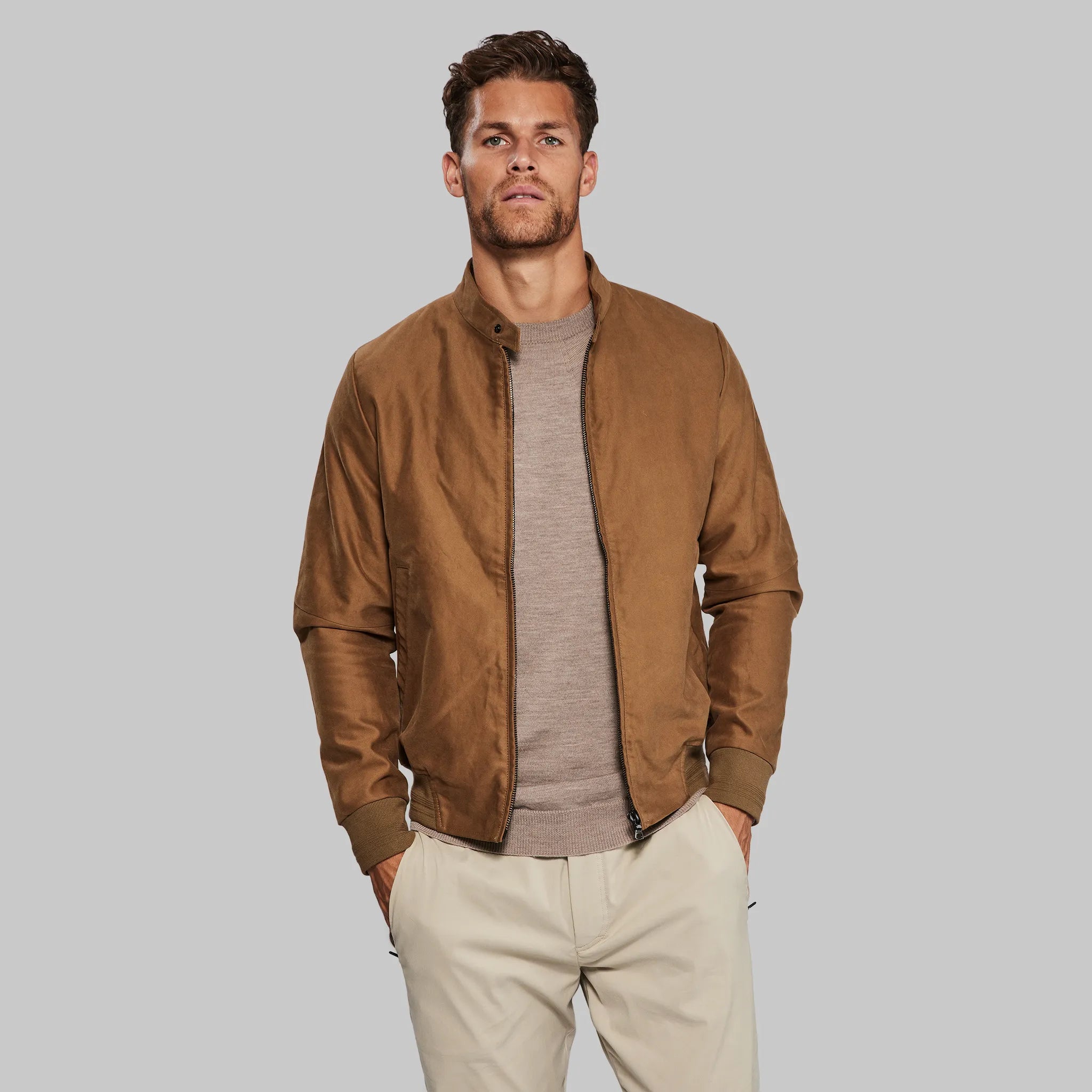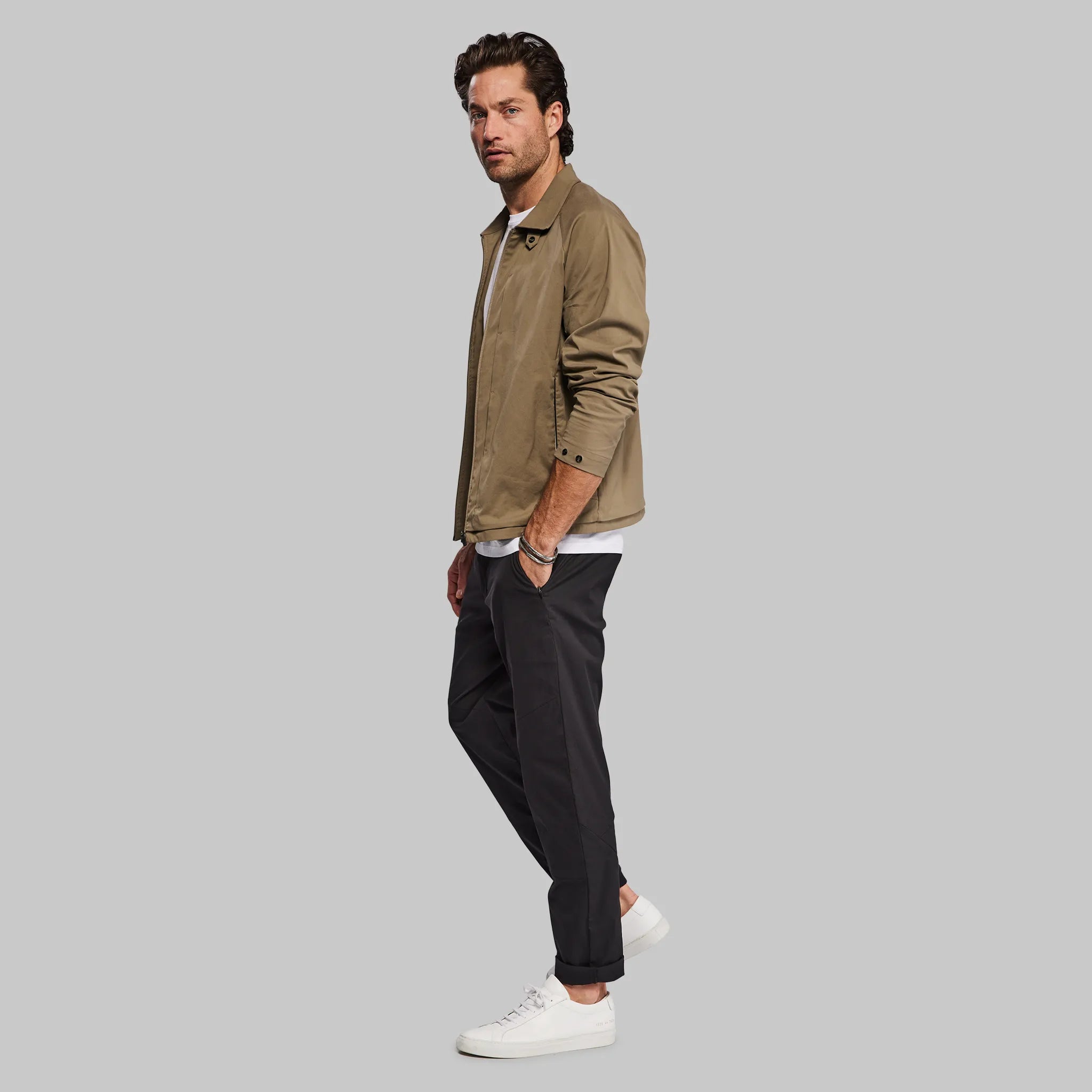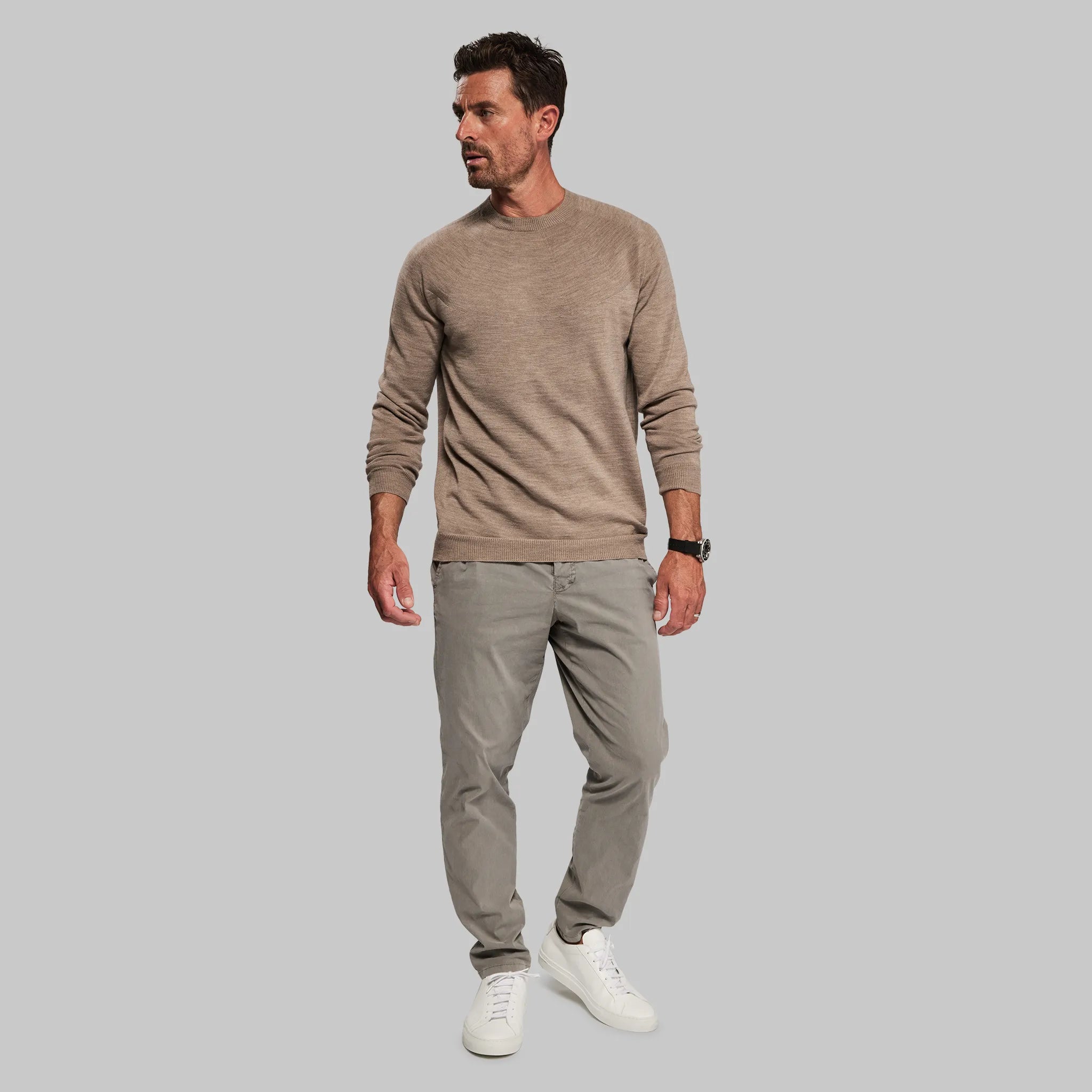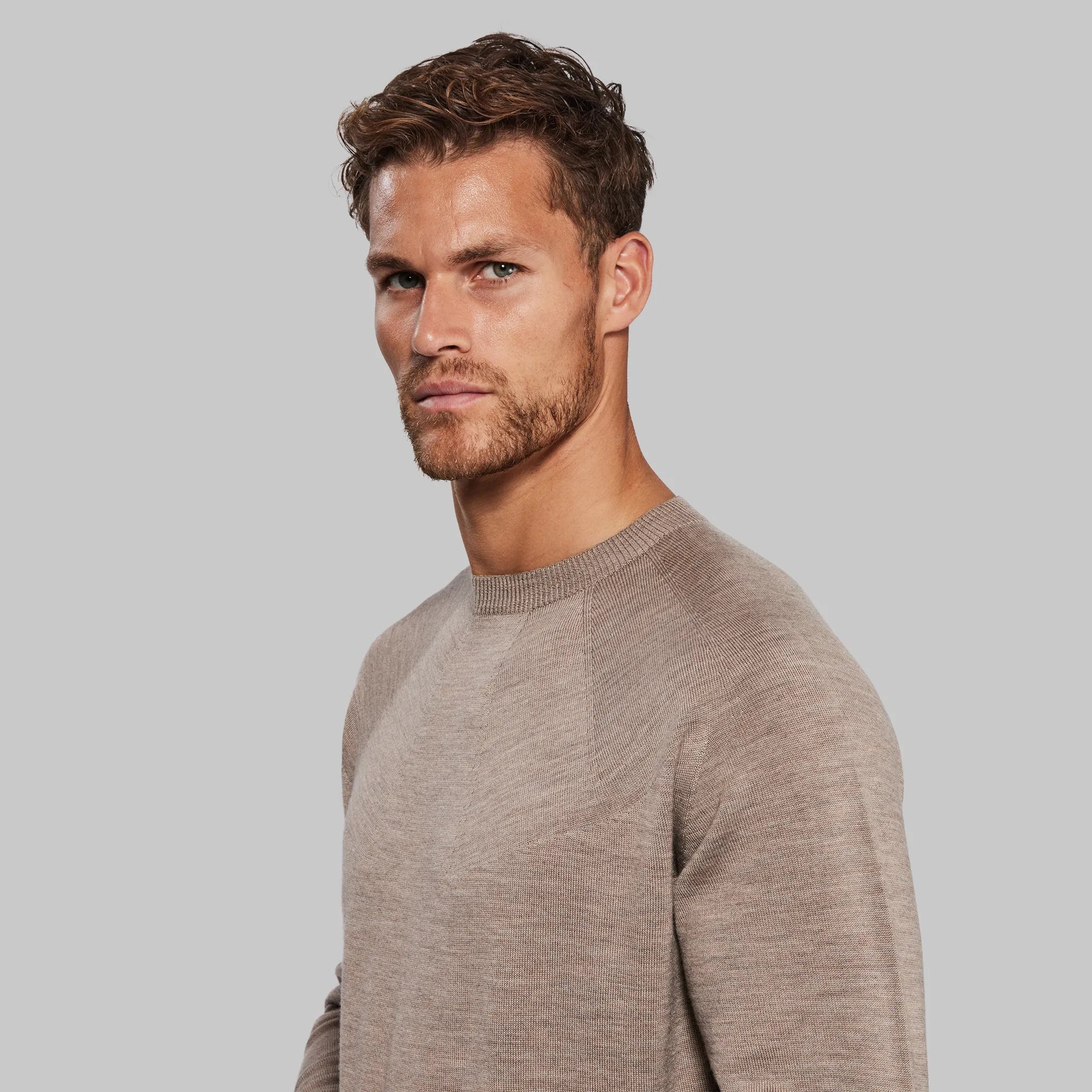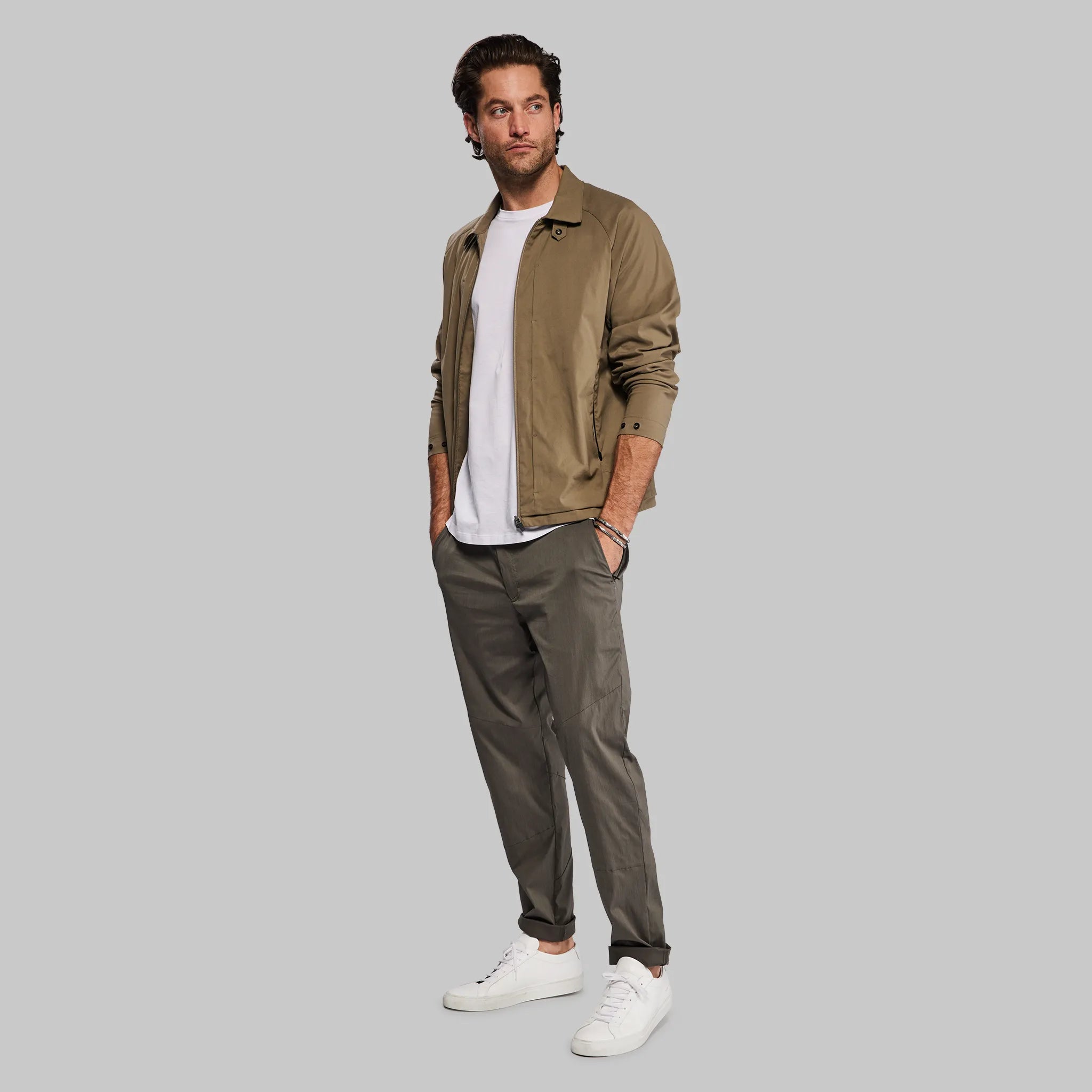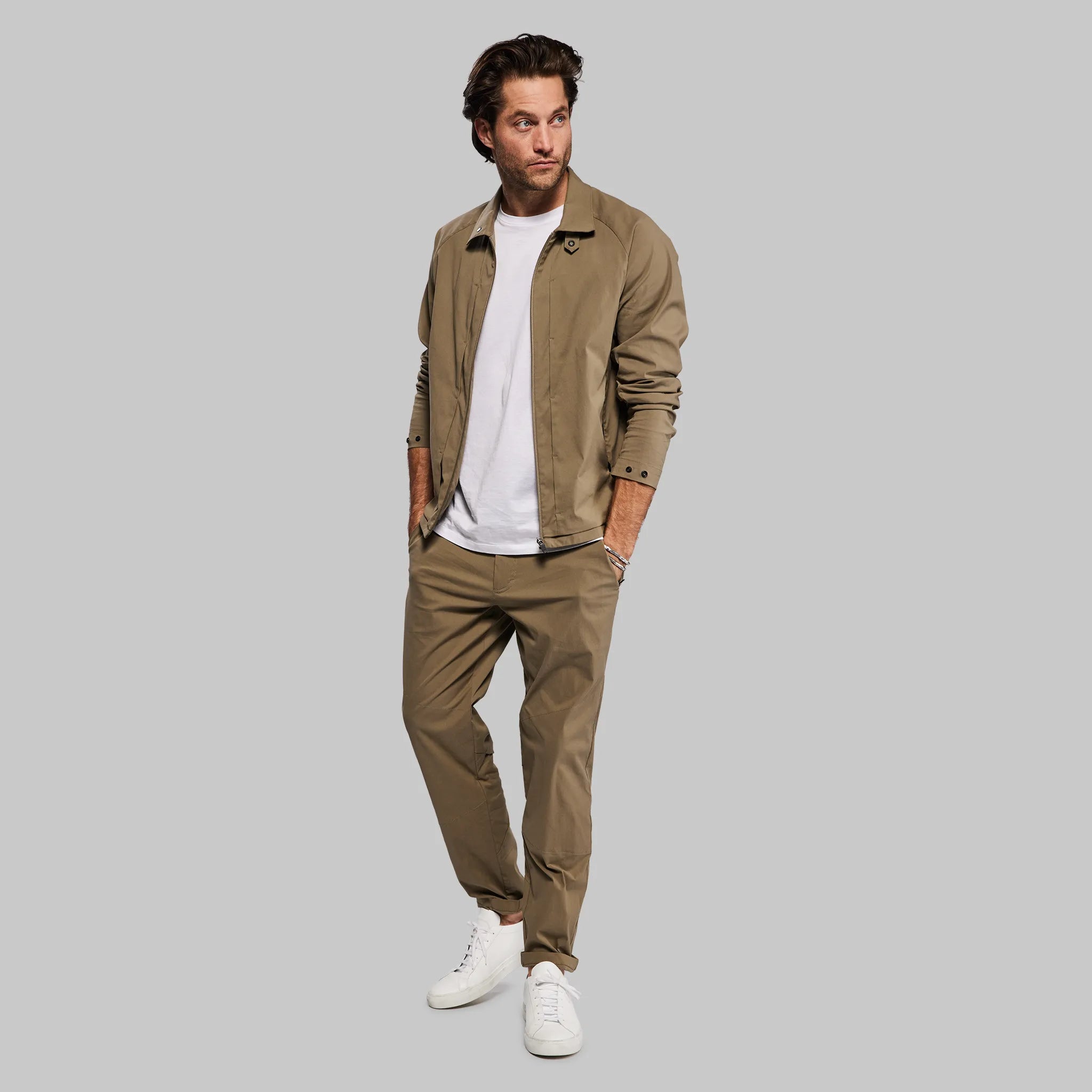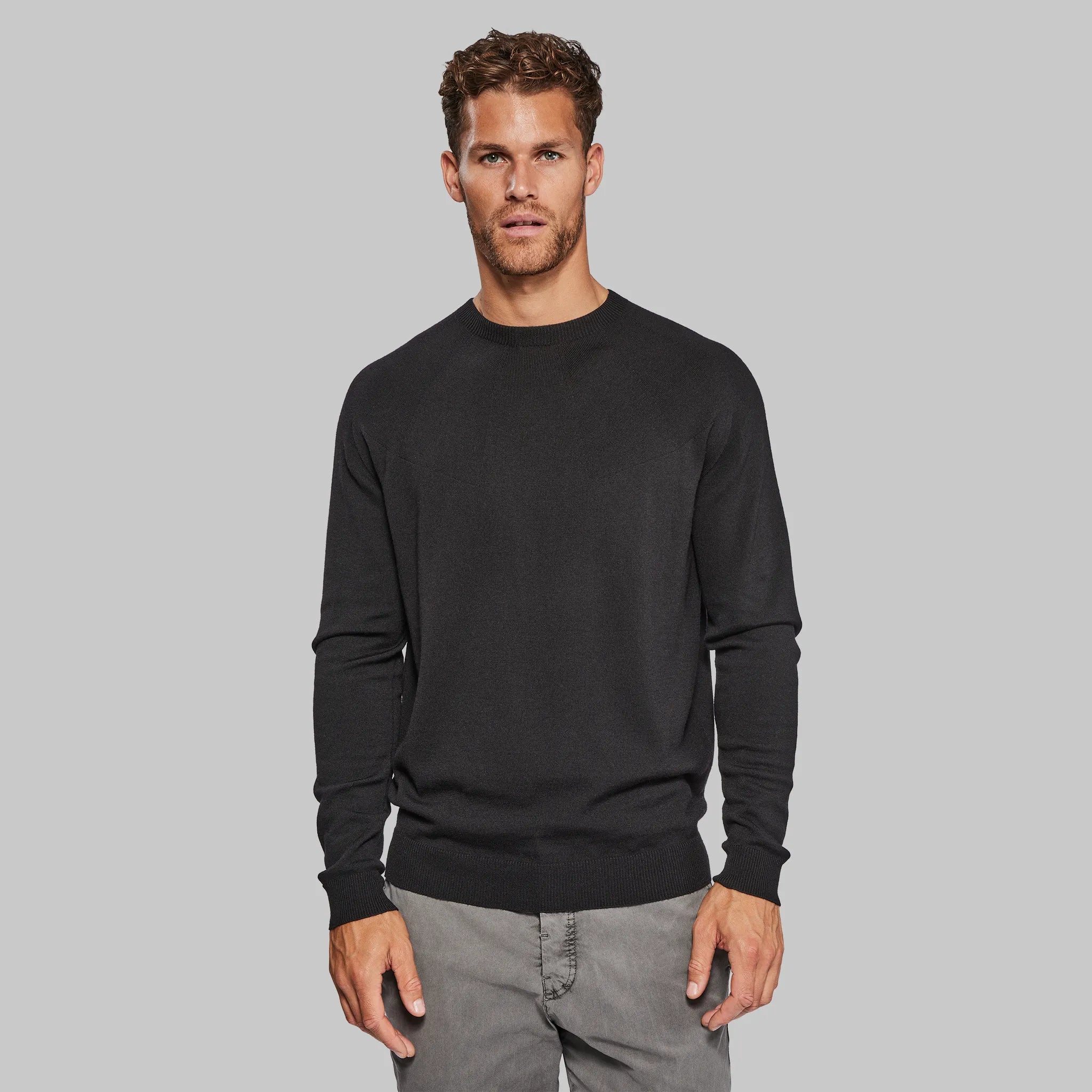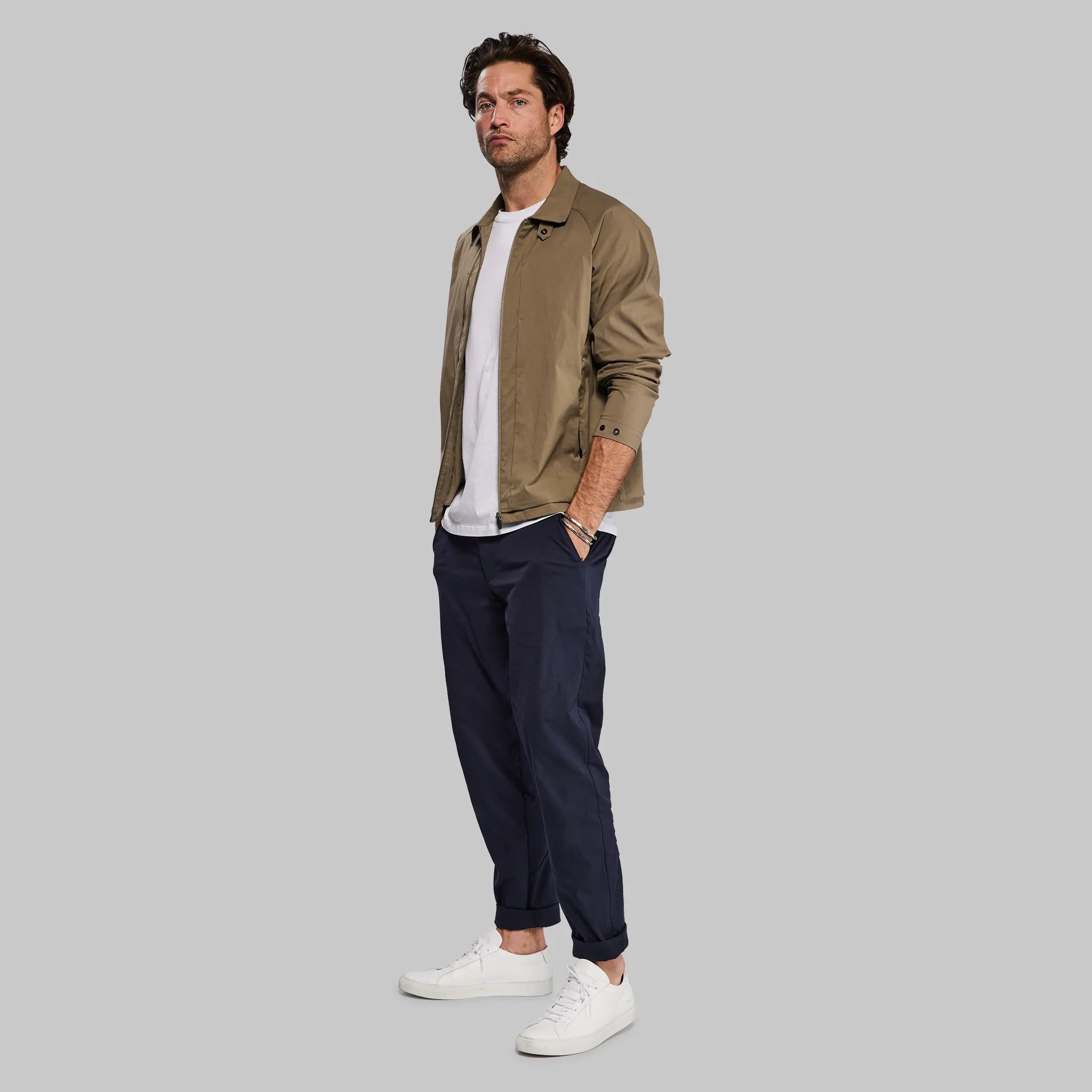Mineral T Shirt
Coloured with sodalite from lava and crystallised magma.

- Garment dyed with sodalite mineral powder
- Material is a blend of hemp and organic cotton
- Four-way stretch
As we continue to look for new, low impact ways to dye clothing, we’ve turned to the colouring tools of early man – minerals, rocks, and soils. Minerals don’t just tell the story of life on Earth, they also tell the story of colour. When our solar system settled into its current shape around 4.5 billion years ago, Earth was created by a series of galactic collisions. Tectonic plates began to form. And geological life and biological life fused together to create vast mineral deposits in the Earth’s upper crust. So when prehistoric man first picked up a prehistoric paintbrush, they turned to the ground around them. Today, instead of using those minerals to paint cave walls, we’re using them to dye clothing. Our Mineral T Shirt is garment dyed in a giant bath of sodalite. There are only two byproducts of this process – sediment, and water. Both of which can go straight back into nature.
Technical Details
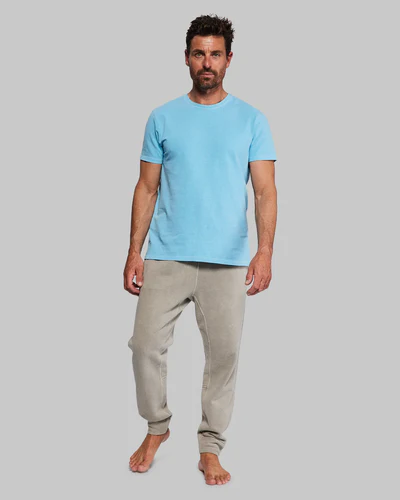
They also tell the story of colour
When our solar system settled into its current shape around 4.5 billion years ago, Earth was created by a series of galactic collisions. Tectonic plates began to form. And geological life and biological life fused together to create vast mineral deposits in the Earth’s upper crust. So when prehistoric man first picked up a prehistoric paintbrush, they turned to the minerals, rocks and soils around them. Today, instead of using those minerals to paint cave walls, we’re using them to dye clothing. And it's why this t shirt is garment dyed in a giant bath of sodalite.


When prehistoric man first picked up a prehistoric paintbrush, they turned to the minerals, rocks and soils around them.
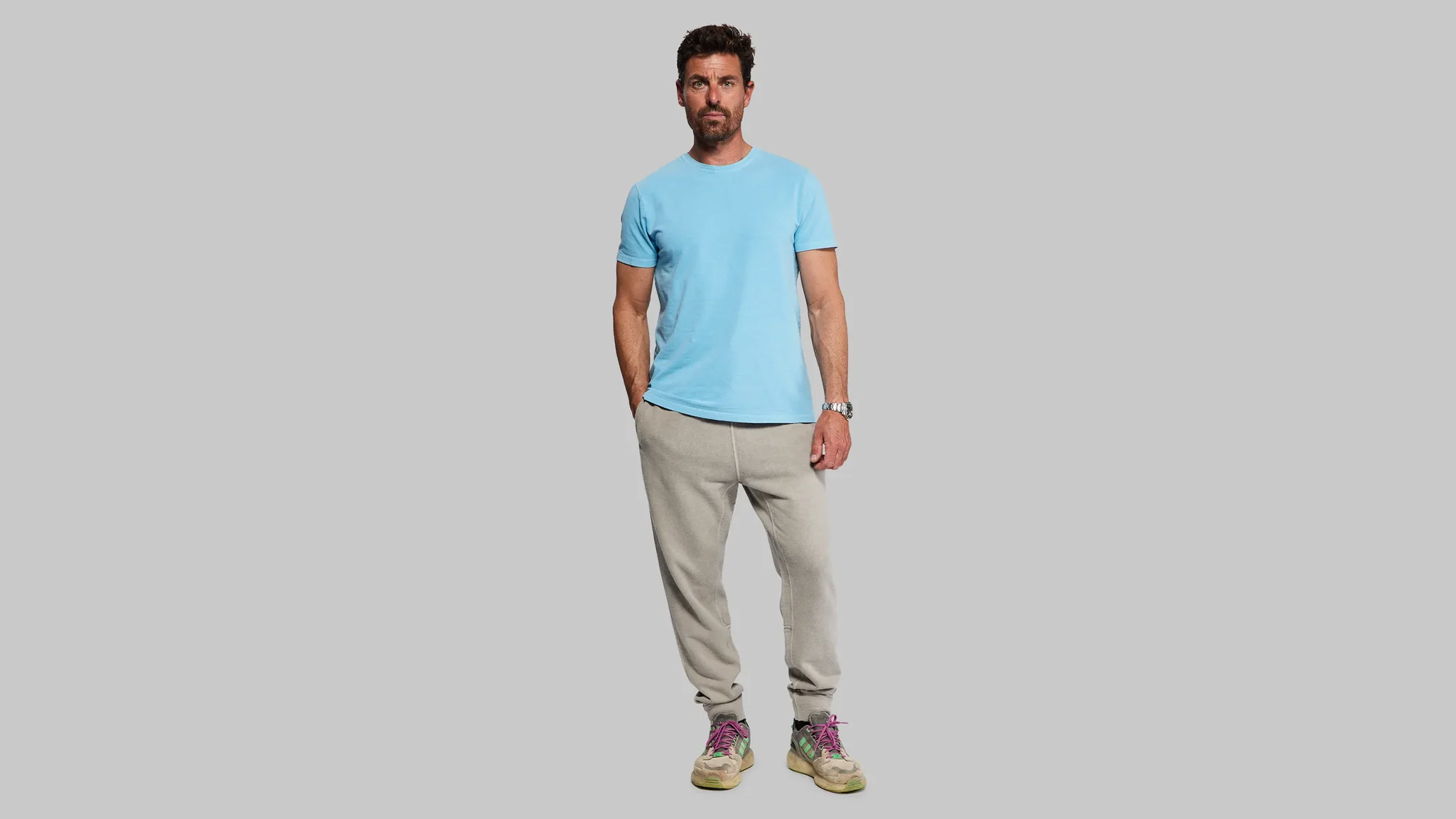
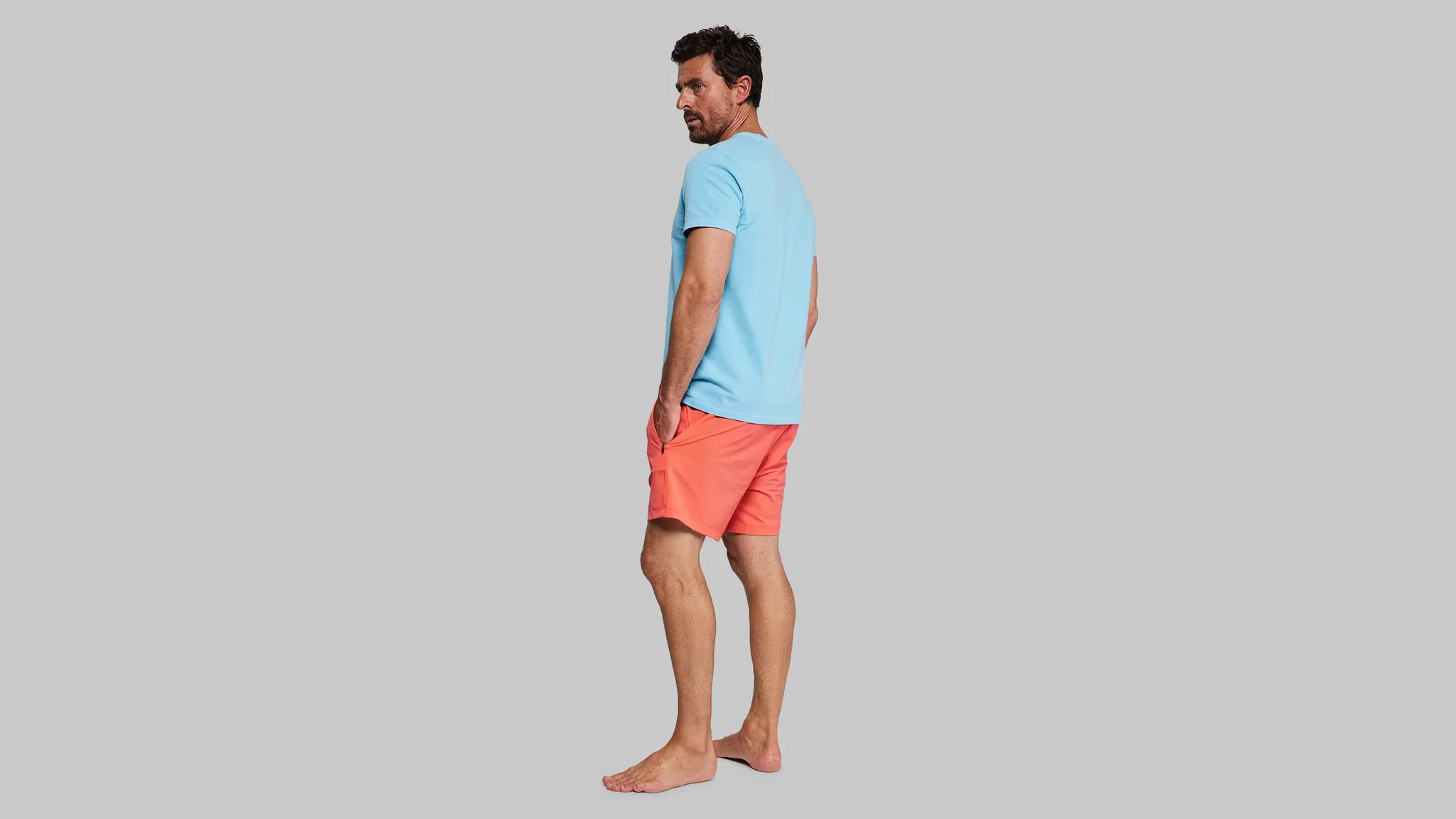
Sodalite is found in the veins of plutonic igneous rocks and in lava on the foothills of Mount Vesuvius.

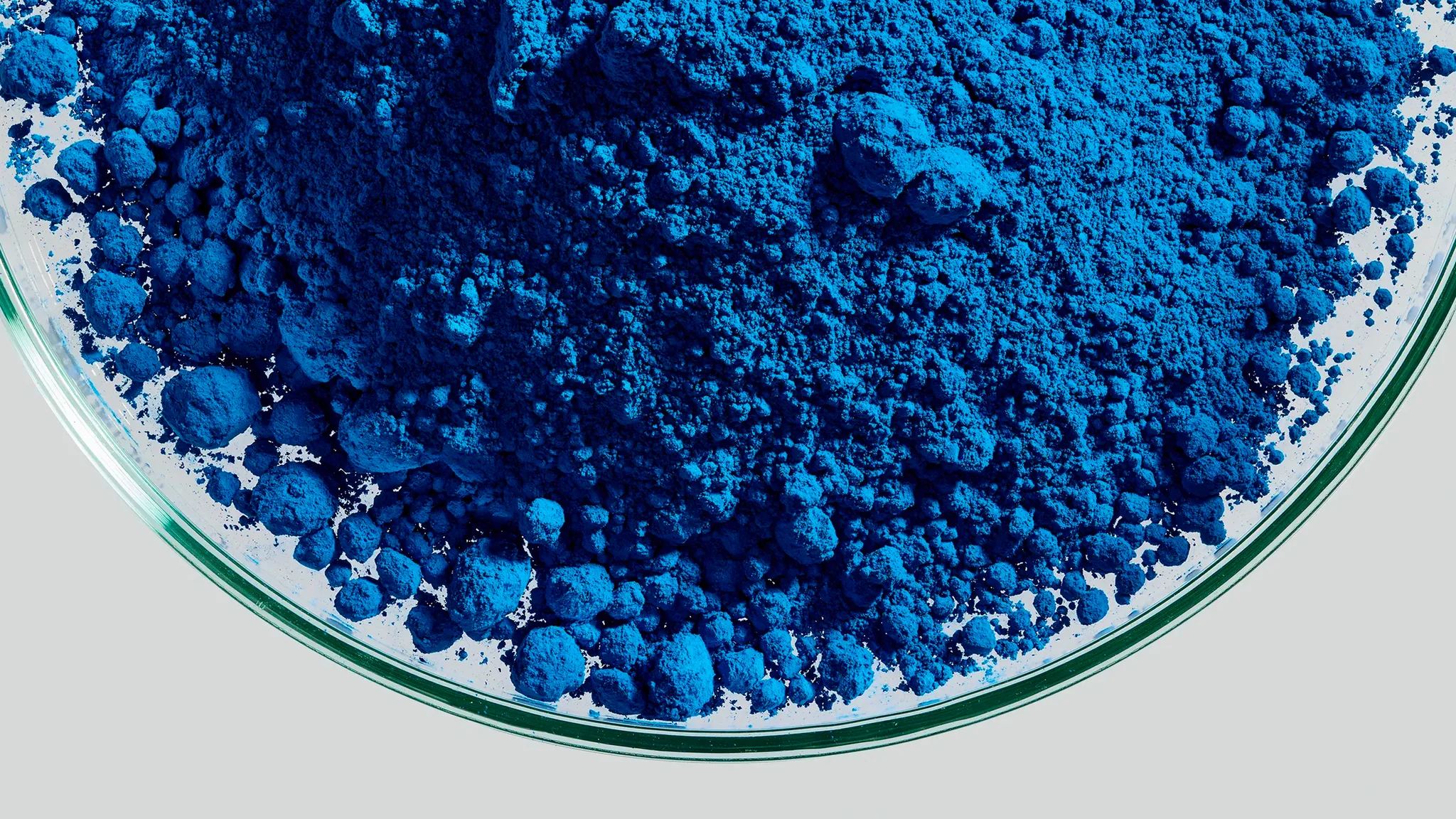
We add the sodalite powder to a vat of water and submerge the whole t shirt in it.
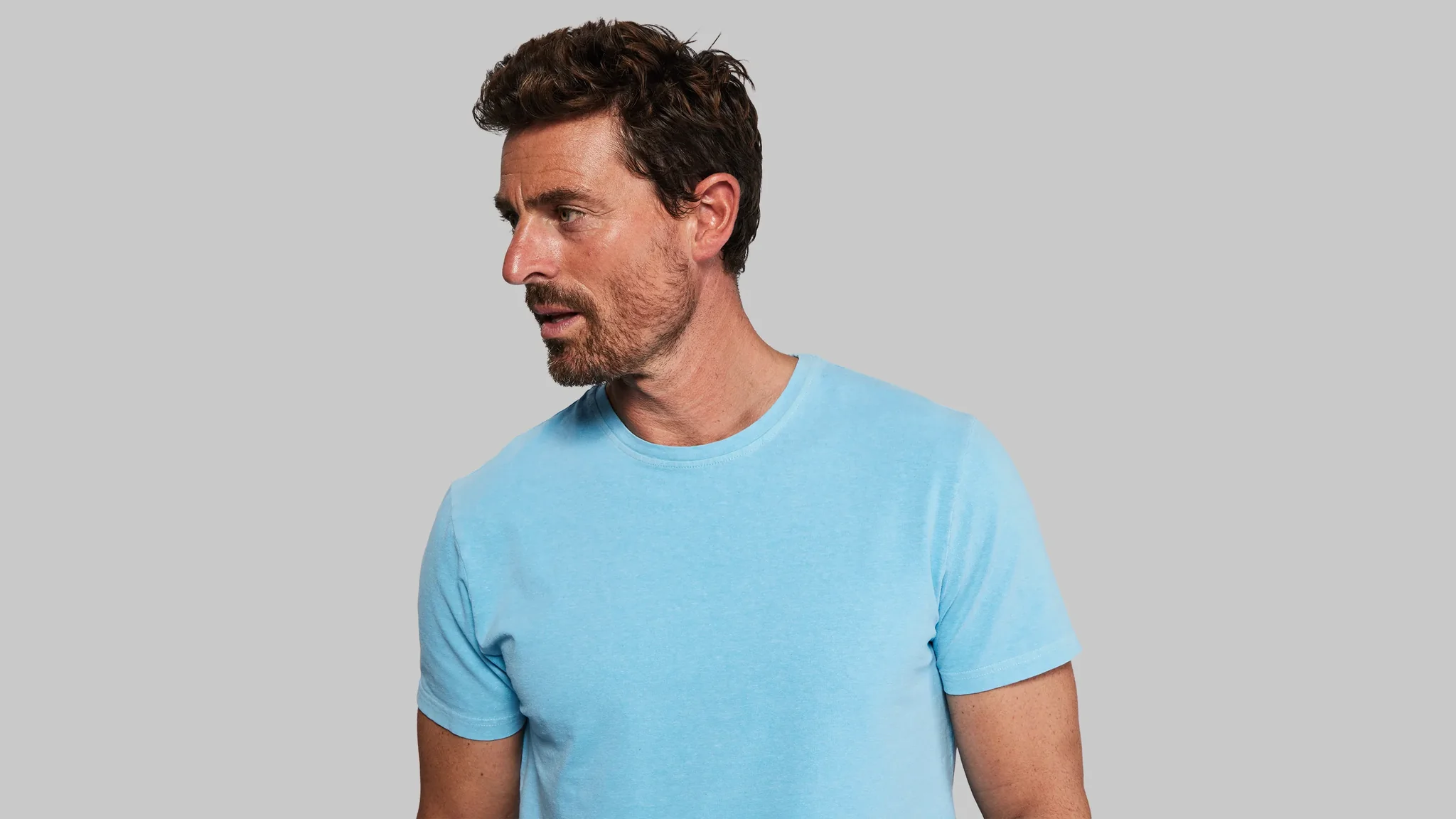
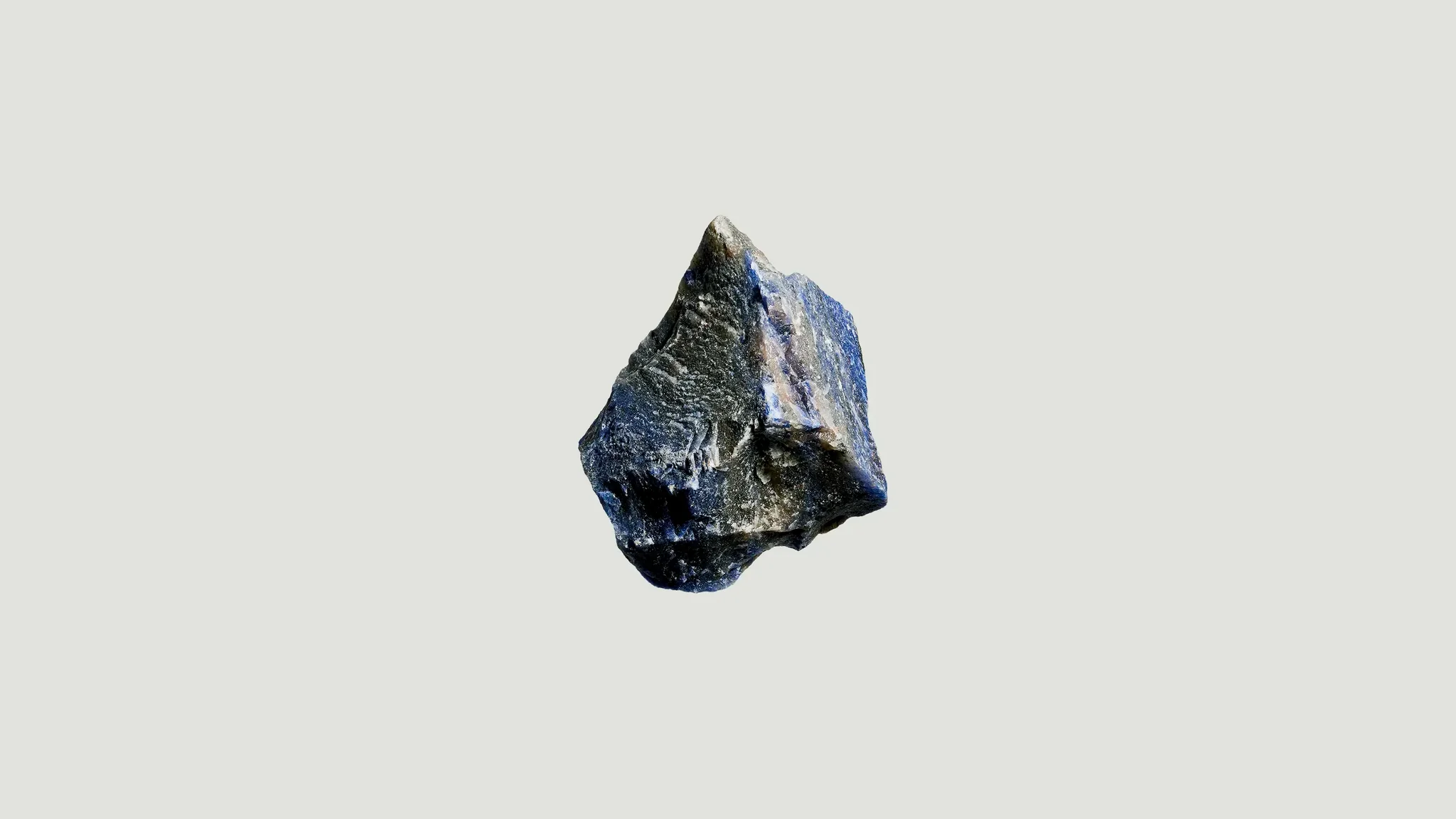
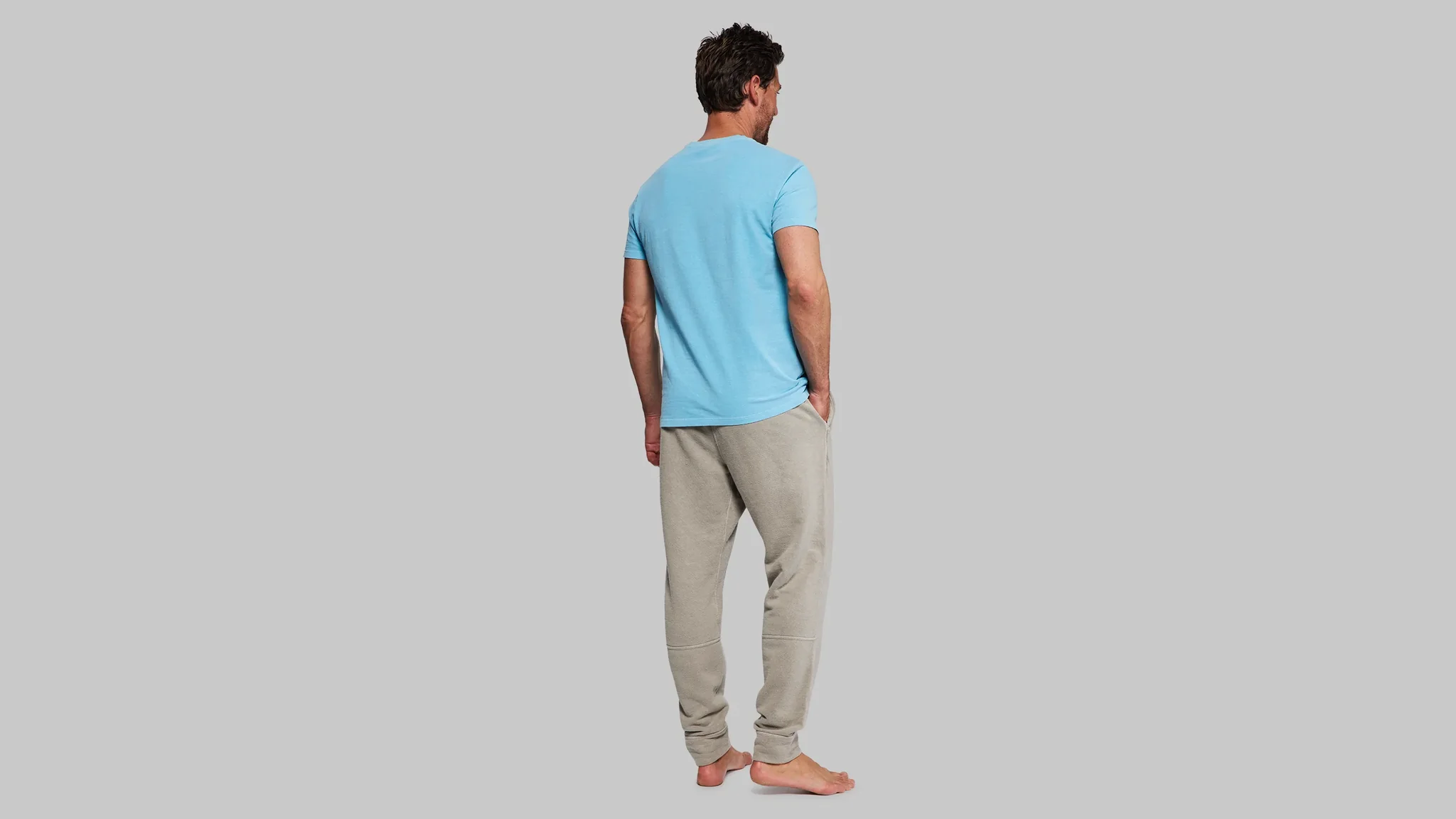
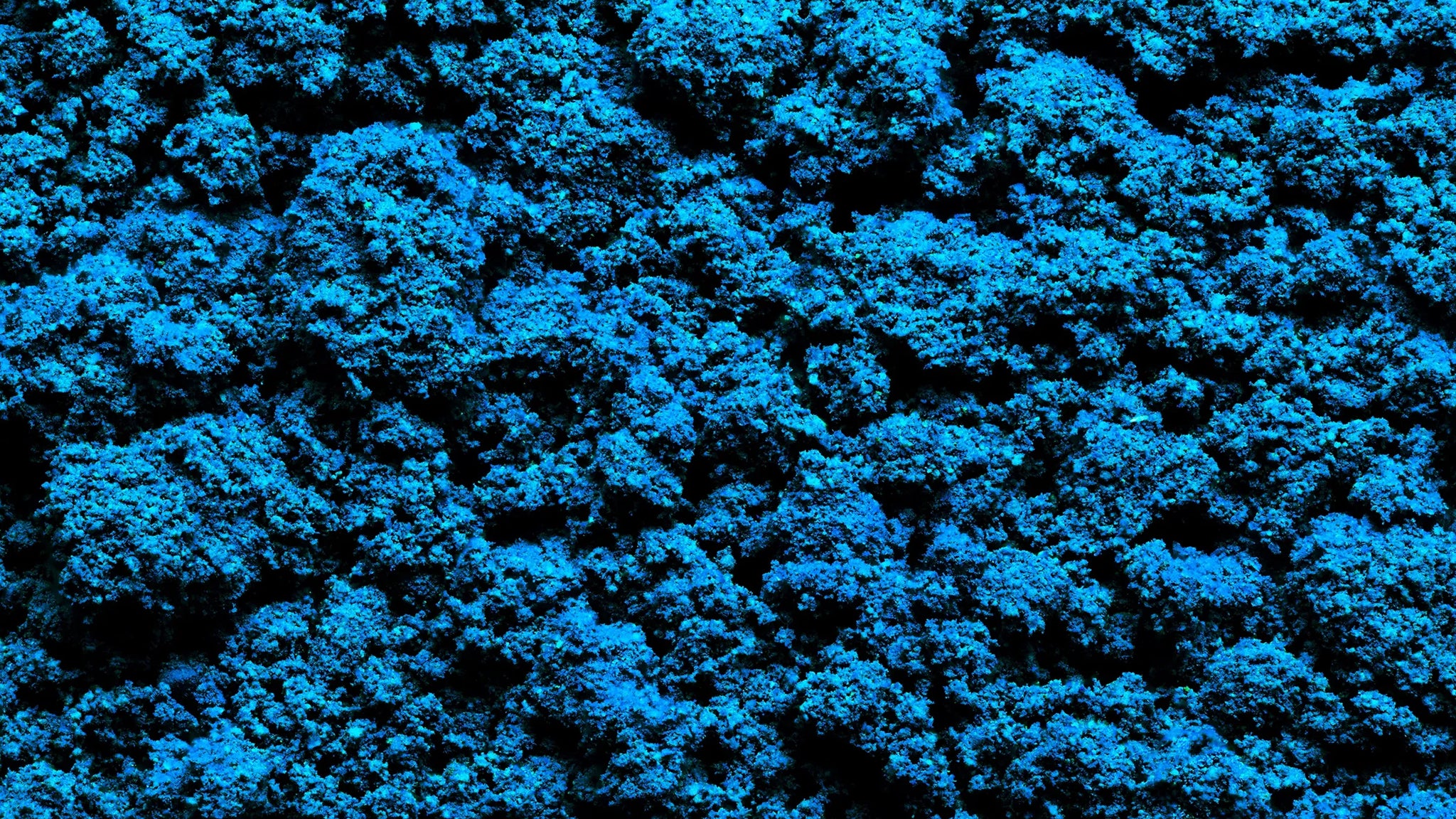


Size + Fit
The Sodalite Mineral T Shirt is designed with a regular fit.
| Size | XS | S | M | L | XL | XXL |
| Fits chest | 83 - 90 | 91 - 98 | 99 - 106 | 107 - 114 | 115 - 122 | 123 - 130 |
| Fits waist | 71 - 76 | 76 - 81 | 81 - 86 | 86 - 91 | 91 - 96 | 96 - 101 |
| Size | XS | S | M | L | XL | XXL |
| Fits chest | 33 - 36 | 36 - 39 | 39 - 42 | 42 - 45 | 45 - 48 | 48 - 51 |
| Fits waist | 28 - 30 | 30 - 32 | 32 - 34 | 34 - 36 | 36 - 38 | 38 - 40 |

